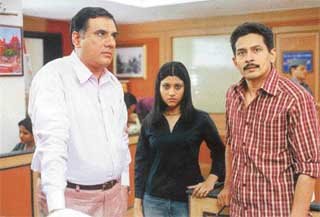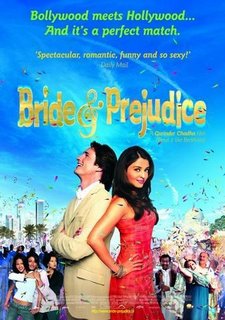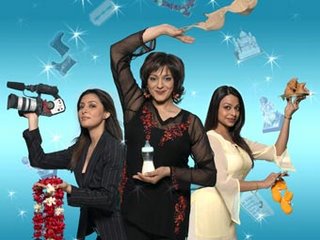Into his third major film this year, after the successful Chandni Bar and Satta, Madhur Bhandarkar is ambitious about Page Three, his comment on the party culture of metro India, writes Vimla Patil
MADHUR BHANDARKAR’S two earlier films, Chandni Bar and Satta, were acclaimed by audiences and critics alike. Why did Madhur think about the party and celebrity culture of metro India that is discussed threadbare at almost every social gathering or seminar in India today? "I was a part of this culture after I directed two successful films," he says, "I was invited to Page Three parties very often. I began to observe the behaviour of people who came to them. There were rich socialites, film and television actors, industrialists, models, successful people from different fields, heads of NGOs and, of course, many PR people. The networking was phenomenal and each invitee had definite reasons for partying. Page Three parties were like a common platform where everyone came searching for what they wanted and worked to get what they were looking for.

"I also met journalists who came to cover such parties for their publications or TV channels and studied their predicament. They got sucked into the celebrity party culture and ran around with their dictaphones and cameras to get sound-bytes, quotes or photo ops as if there was no tomorrow. The ‘attack’ of media persons on a star or model was a sight.
"I thought a film on the subject would be a good project. I worked on the script and within an year, I made the film. I am not against the much-famed Page Three culture but I certainly have a critical view that comes across in the film. According to Madhur, "The film presents their behaviour, personalities, hectic networking and the turns and twists in their relationships."
Though the film is entirely fictional, Konkana does represent my viewpoint to some extent. The film represents the personal journey of a journalist in such a society and her search for self. And the journey is empty at the end of the day and does not give the necessary sense of purpose or fulfilment to a journalist."
Madhur’s critique causes no concern to party regulars and wannabe celebrities. In a recent quote, Nikita Anand, the new Miss India entrant to Bollywood says, "It’s very fashionable to criticise the Page Three gang when everyone wants to part of it. I am becoming a Page Three person. That’s fun!"
my comments: This is actually being based on a true story obviously with some alterations but this is the type of issues that the public need to be aware of. This idea of a CELEBRITY CULTURE has increased people are aspiring to it like shown in the films girls would do anything to get there. I think that this film should of opened the eyes of many people to realise whats going on in the society around them.






